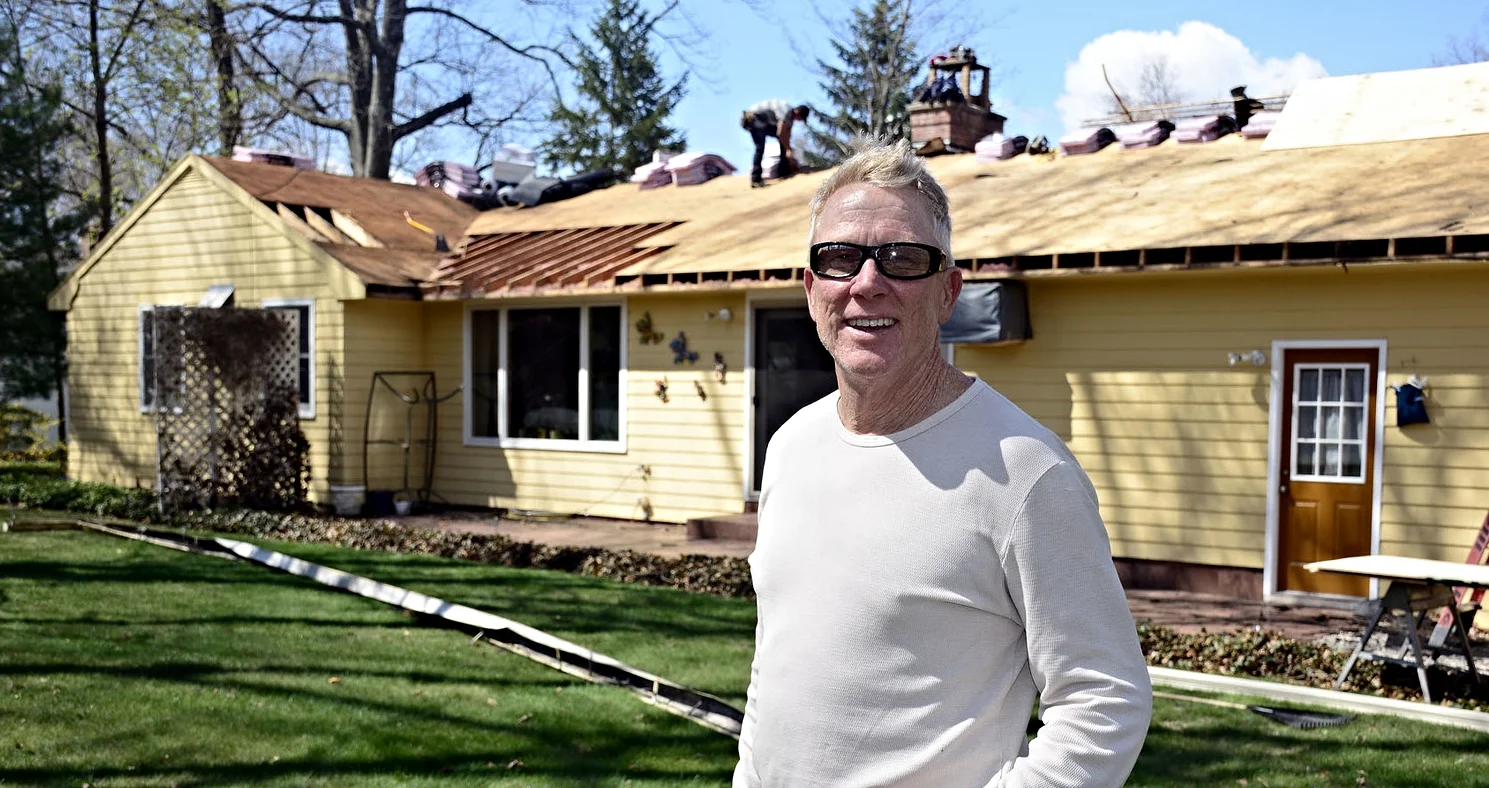Roof Mold Makes a Comeback as the Rainy Season Arrives
Chelsea O'Donnell
Spring temperatures and April showers may make for May flowers, but they also create the perfect recipe for something not nearly as pretty. Welcome to roof mold season readers. My phone rings off the hook for roof cleanings come April and May when Connecticut’s moisture and humidity levels kick into high gear, giving mold and mildew the opportunity to thrive. So what’s with the black, streaky stains popping up on everyone’s houses and what can you do to get rid of them?
Stains on a roof are generally algae, which gets carried by wind or birds from roof to roof, and may not be visible until there is enough moisture, heat, and humidity for it to grow and spread. Homes that aren’t properly insulated and ventilated are also susceptible to the problem because they retain moisture a lot more than houses with proper airflow.
Now don’t be too alarmed, algae isn’t necessarily going to ruin your roof immediately, but it does put a damper on the curb appeal of your home. Plus, the problem could end up damaging and pulling up your shingles if not dealt with for a long period of time.
An interesting fact is that copper, zinc, and lead are toxic to algae, and many newer roof shingles contain copper granules, which act as a barrier against any mold growth. Homes with older roofs won’t benefit from this technology, but it explains why you won’t see algae where metal flashing has been installed. If your home is susceptible to algae and you’re in the market for a new roof, be sure to inquire about this type of shingle.
So now that you know about mold, how do you get rid of it? The easiest way to remove roof algae is a specially made cleaning solution, which can be applied to the roof by a professional who is used to working from a ladder. The cleaner can be left on and will actually work as a barrier to help the roof stay cleaner for years to come.
If your roof has major mold problems, you might need to take an additional step. As I mentioned, copper, zinc and lead-coated sheet metal are toxic to algae, so installing a strip of flashing will help stop nasty fungus in its tracks. Choose a strip that’s at least six inches wide, and have it installed at the roof peak to ensure that the metal molecules wash down with the rain and protect the roof from mold build-up. Happy Cleaning!
Bob O’Donnell is the owner of O’Donnell Bros. Inc., a Bristol-based home improvement company established in 1975. Email your questions for Bob to info@odonnellbros.com with the subject line “Ask the Pro.” All questions may be considered for publication. To contact Bob for your remodeling needs, call O’Donnell Bros. Inc. at (860) 589-5155 or visit http://www.odonnellbros.com. Advice is for guidance only.
